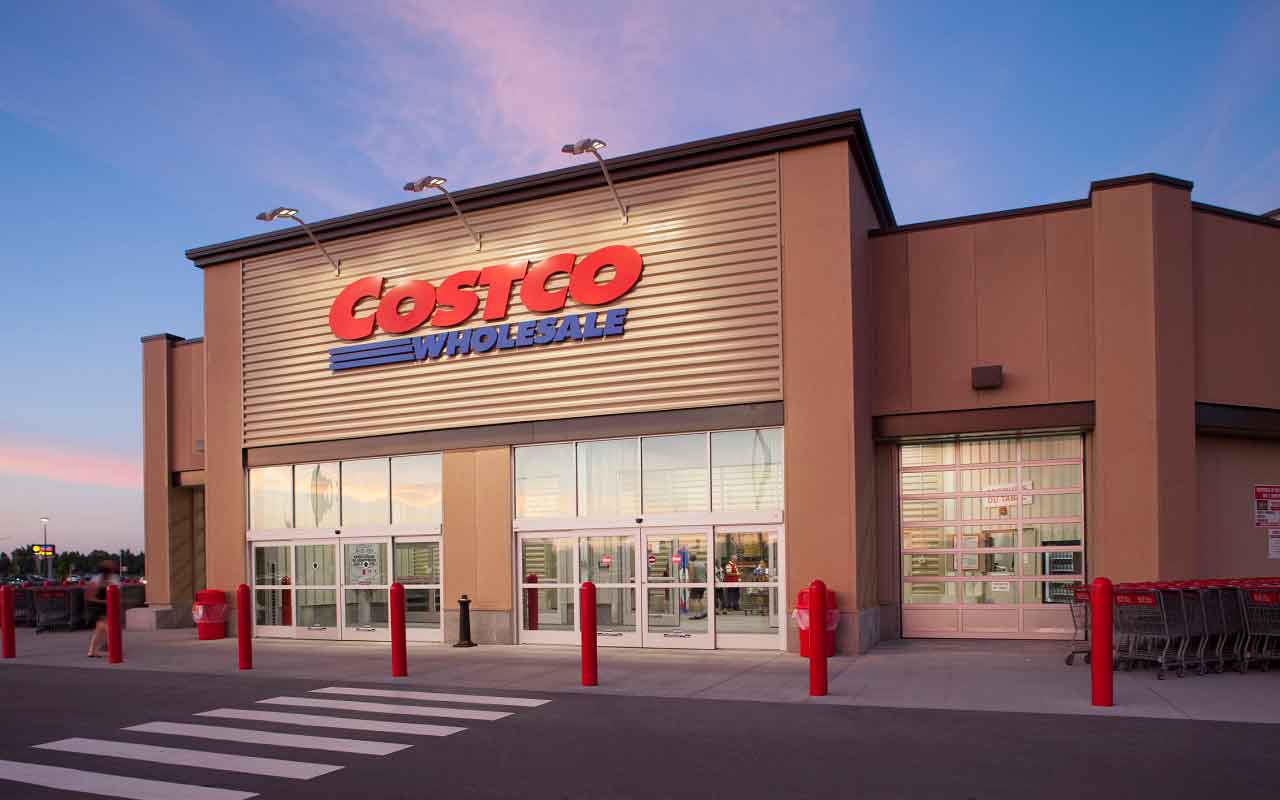Collision vs Comprehensive Car Insurance: Which Do You Need?
When considering car insurance policies, do you need comprehensive or collision coverage? Here are instances where adding both makes sense.

If you plan to finance or lease a vehicle, your lender requires full coverage auto insurance. Two components of full coverage are collision and comprehensive car insurance.
Even if you own your vehicle, both of these policies offer financial protection you might need if you're in an accident. Say you accidentally hit a pole causing damage to your car. In the event you don't have collision insurance, you would have to pay for the repairs out of pocket.
Here’s what you need to know about collision vs comprehensive car insurance and whether or not you need it.

Sign up for Kiplinger’s Free E-Newsletters
Profit and prosper with the best of expert advice on investing, taxes, retirement, personal finance and more - straight to your e-mail.
Profit and prosper with the best of expert advice - straight to your e-mail.
Collision vs comprehensive car insurance
Collision insurance: If you are involved in a car accident with another vehicle, regardless of who is at fault, collision coverage will pay for any damages to your own vehicle. If you get into a single-car accident, collision coverage will cover damages to your car in that case as well. For example, if you hit a street sign or pole, collision insurance will cover those damages.
However, collision coverage is usually expensive to add to your car insurance policy. Collision coverage costs an average of $814 per year, according to Forbes. While the price is high, it could end up saving you money in the long run. If you do get into an accident and damage your vehicle, you'll only have to pay your deductible.
Comprehensive insurance: Comprehensive insurance covers your vehicle up to its actual cash value for non-collision accidents. This includes damage from severe weather, like flood, hail or fire, vandalism, theft, falling objects and collision with an animal. Comprehensive coverage is generally cheaper than collision coverage, costing, on average, $367 a year, according to Forbes.
If you live in an area with high levels of crime where a break in or theft is likely to occur, live somewhere prone to flooding or live in a rural area where the odds of hitting a deer are quite high, you may need comprehensive insurance more than other drivers.
Combined collision and comprehensive Coverage: Many drivers find it worthwhile to have both collision and comprehensive coverage, as each protects against different types of risks. Collision coverage helps cover the cost of damages if you're in an accident, while comprehensive coverage protects against non-collision incidents like theft, weather damage, and vandalism.
Combined, they offer more extensive financial protection, which is especially valuable if you own a newer, high-value vehicle. For such vehicles, bundled coverage can provide peace of mind, knowing you're protected on and off the road.
Below you can use our tool to get personalized rates from top carriers today.
Which do you need?
Roughly 80% of insured drivers purchase comprehensive coverage in addition to liability insurance, and 76% purchase collision coverage.
However, if you own your vehicle, you'll have the option to forgo comprehensive and collision coverage if you decide you don't need it. Here's what to consider.
— Can you afford to repair any damages to your vehicle that may happen as a result of an accident? If your car gets stolen, can you afford to purchase a new vehicle? If not, adding comprehensive and/or collision coverage to your policy can provide financial protection if either of these events occur.
— How much is your vehicle worth? In some cases, adding collision or comprehensive coverage to your policy isn’t worth it. Collision and comprehensive insurance covers up to the actual cash value of your vehicle, minus the deductible. So if you have an old car, you’ll likely end up paying more money in premiums than the amount of money you’ll get back from the insurer. For this reason, dropping collision coverage on older vehicles can help you save on your auto insurance premium.
Related Content
Get Kiplinger Today newsletter — free
Profit and prosper with the best of Kiplinger's advice on investing, taxes, retirement, personal finance and much more. Delivered daily. Enter your email in the box and click Sign Me Up.

Erin pairs personal experience with research and is passionate about sharing personal finance advice with others. Previously, she was a freelancer focusing on the credit card side of finance, but has branched out since then to cover other aspects of personal finance. Erin is well-versed in traditional media with reporting, interviewing and research, as well as using graphic design and video and audio storytelling to share with her readers.
-
 What 401(k) Savers Near Retirement Can Do Amid Market Volatility
What 401(k) Savers Near Retirement Can Do Amid Market VolatilityWhether retirement is years away, a year or two out, or in the rearview mirror, here's how to handle uncertainty in your 401(k).
By Donna Fuscaldo Published
-
 The New Space Age Takes Off
The New Space Age Takes OffThe Kiplinger Letter From fast broadband to SOS texting, space has never been more embedded in peoples’ lives. The future is even more exciting for rockets, satellites and emerging space tech.
By John Miley Published
-
 Should You Get Auto or Home Insurance Through Costco?
Should You Get Auto or Home Insurance Through Costco?Costco members can access discounted insurance through Connect by American Family — but is it really a better deal?
By Paige Cerulli Published
-
 How to Lower Home Insurance Rates When Climate Change Increases Costs
How to Lower Home Insurance Rates When Climate Change Increases CostsA top insurer warns the damage climate change causes is making it cost-prohibitive for insurers in some areas. Learn how to protect your home and lower costs.
By Sean Jackson Published
-
 Four Things You Can Do If Your Home Insurance Is Canceled or Not Renewed
Four Things You Can Do If Your Home Insurance Is Canceled or Not RenewedDon't panic — here's how to understand your notice, switch coverage and protect your home after a policy nonrenewal or cancellation.
By Ben Luthi Published
-
 See How Much Auto Tariffs Could Raise Your Car Insurance Rates
See How Much Auto Tariffs Could Raise Your Car Insurance RatesPresident Donald Trump issued a 25% tariff on all car imports. See how this tariff impacts the cost of your car insurance.
By Sean Jackson Last updated
-
 These Eight States Have the Most Expensive Home Insurance in 2025
These Eight States Have the Most Expensive Home Insurance in 2025If you live in one of these eight states, you’re probably paying $1,000 or more above the national average for home insurance.
By Rachael Green Published
-
 10 States with the Cheapest Home Insurance in 2025
10 States with the Cheapest Home Insurance in 2025Homeowners in these 10 states pay at least $1,000 less than the national average for home insurance.
By Rachael Green Published
-
 Switching Home Insurance: How to Re-Shop for the Best Coverage
Switching Home Insurance: How to Re-Shop for the Best CoverageHomeowners nationwide are facing rising home insurance costs and policy cancellations. Learn how to compare providers, find savings and ensure your home remains protected.
By Dori Zinn Last updated
-
 Borrowing Against Your Life Insurance: How It Works and What to Consider
Borrowing Against Your Life Insurance: How It Works and What to ConsiderUnlock quick access to cash by borrowing against your life insurance policy — without credit checks or strict repayment terms.
By Dori Zinn Published